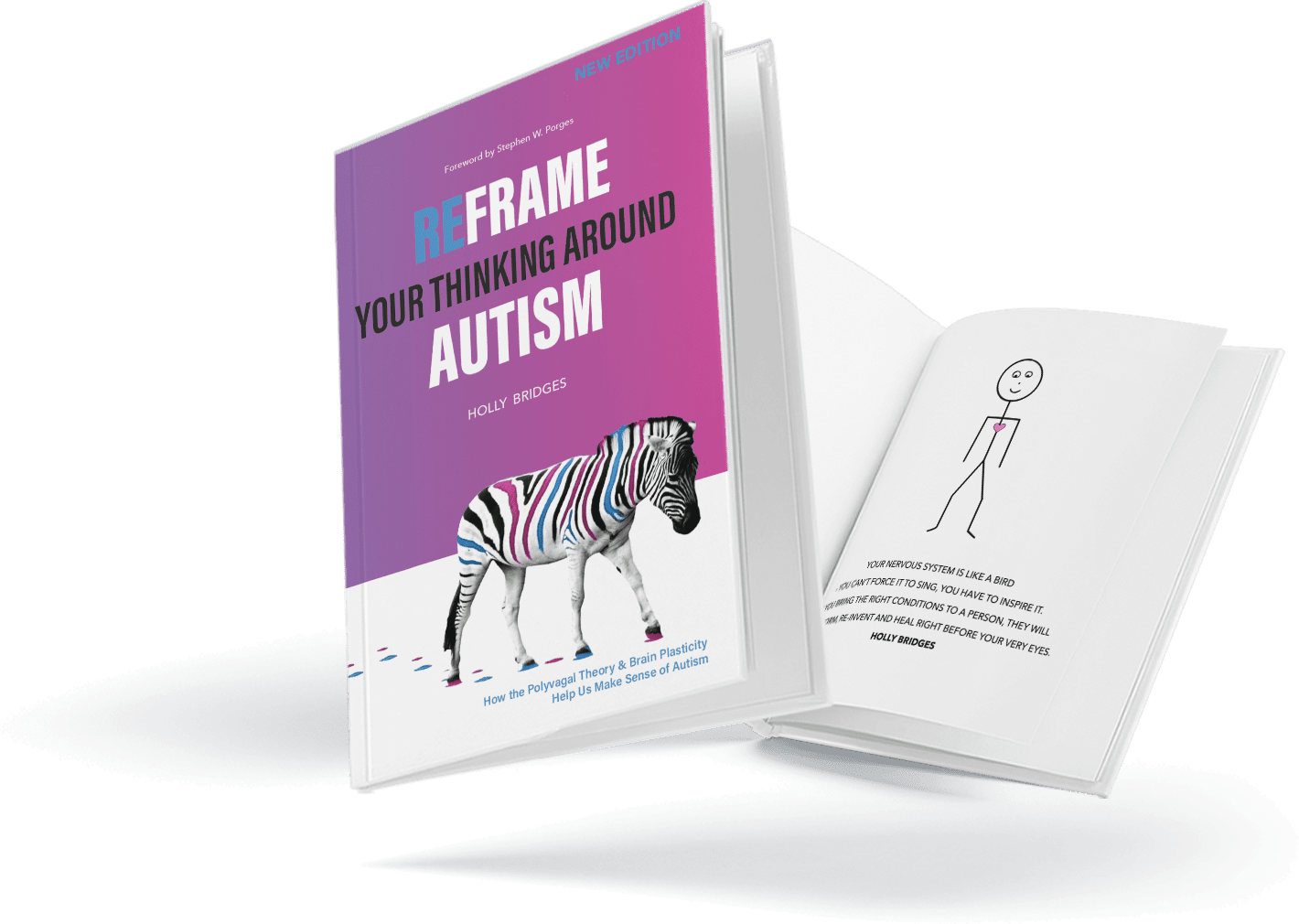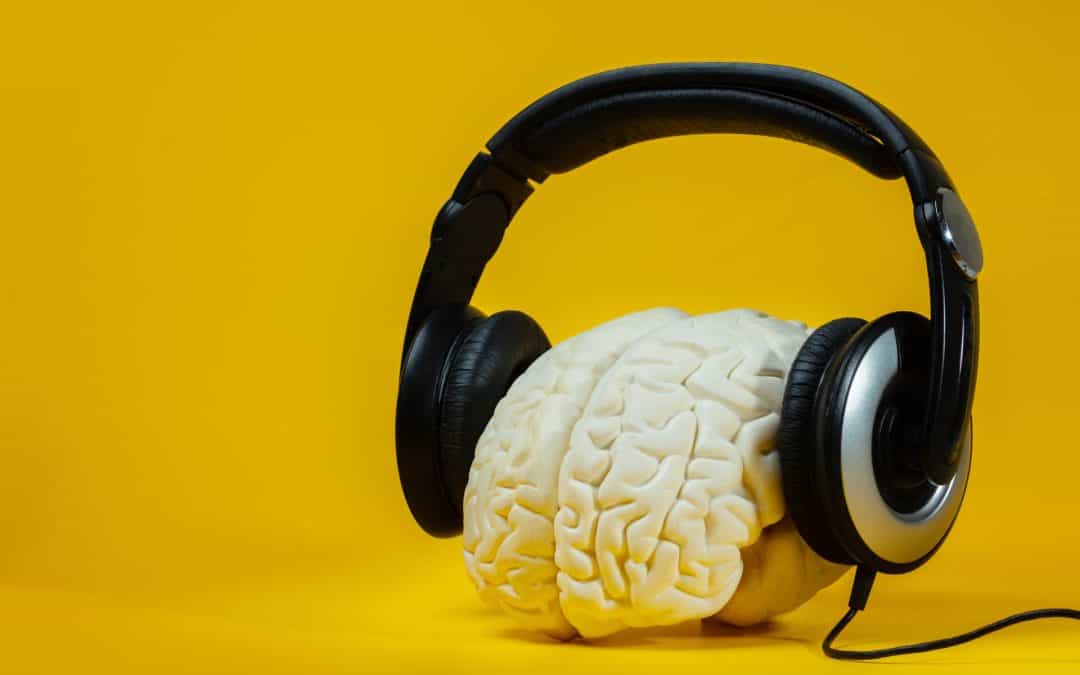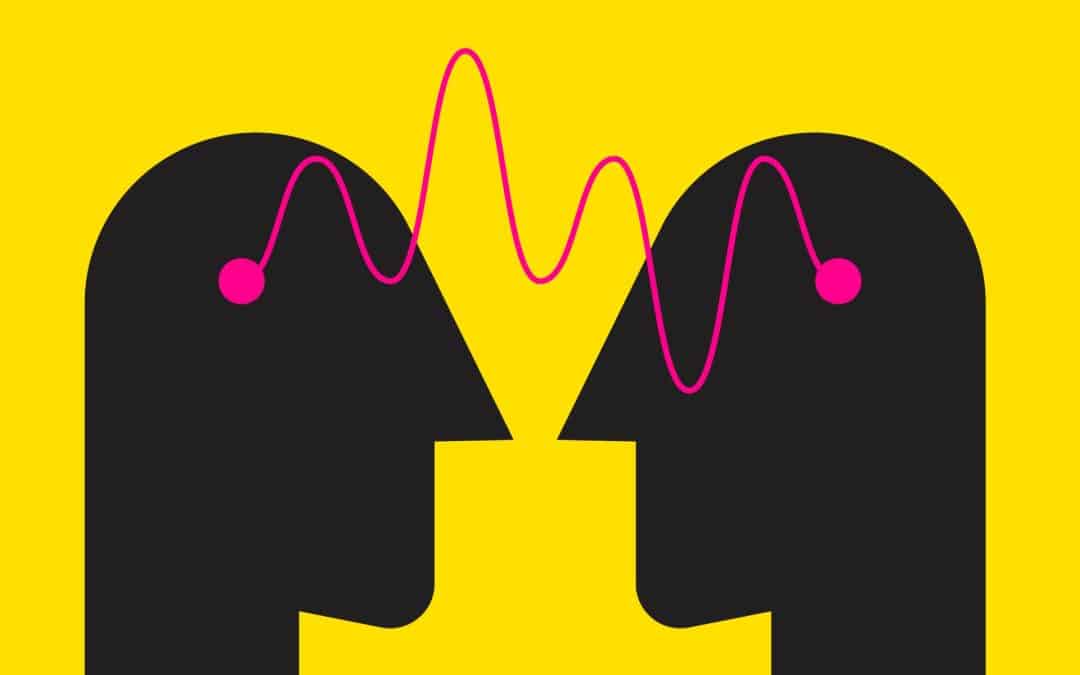Starting the early 1900’s and lasting well into the 1970’s autism was seen to be a small subset of childhood schizophrenia. Clinicians blamed the onset of autism on cold and emotionless ‘refrigerator mothers’. Later the psychological milieu changed and autism began to be seen as a biological disorder of the brain and the less pervasive Aspberger’s Syndrome became more widely known.
It still took another decade or so for autism to be officially distinguished from childhood schizophrenia and ‘infantile autism’ to be listed in the DSM-111 and it was not until 1994 that the DSM expanded to include Aspberger’s Syndrome, which some perceive to explain the dramatic rise in autism diagnoses in recent years (as well as improved screening and diagnostic techniques).
In 2013 the DSM-5 returned to a somewhat earlier position and subsumed Asperger’s’ Syndrome under the more general term Autism Spectrum Disorder ASD, with only two categories, impaired social communication and/or interaction and restricted and or/repetitive behaviors.
This change is not accepted by many who identify themselves as Asperger’s, and this more than anything highlights the shift in the public perception of autism. Autism has moved from a ‘severe mental disorder’ to one where people can publicly enjoy and appreciate their diagnosis.
The greatest change in the history of autism diagnosis is in the cultural and personal acceptance of autism in all its diversity, which as Steve Silberman points out in his book, ‘Neurotribes’, is perhaps where we were prior to the invention and diagnosis of autism!





